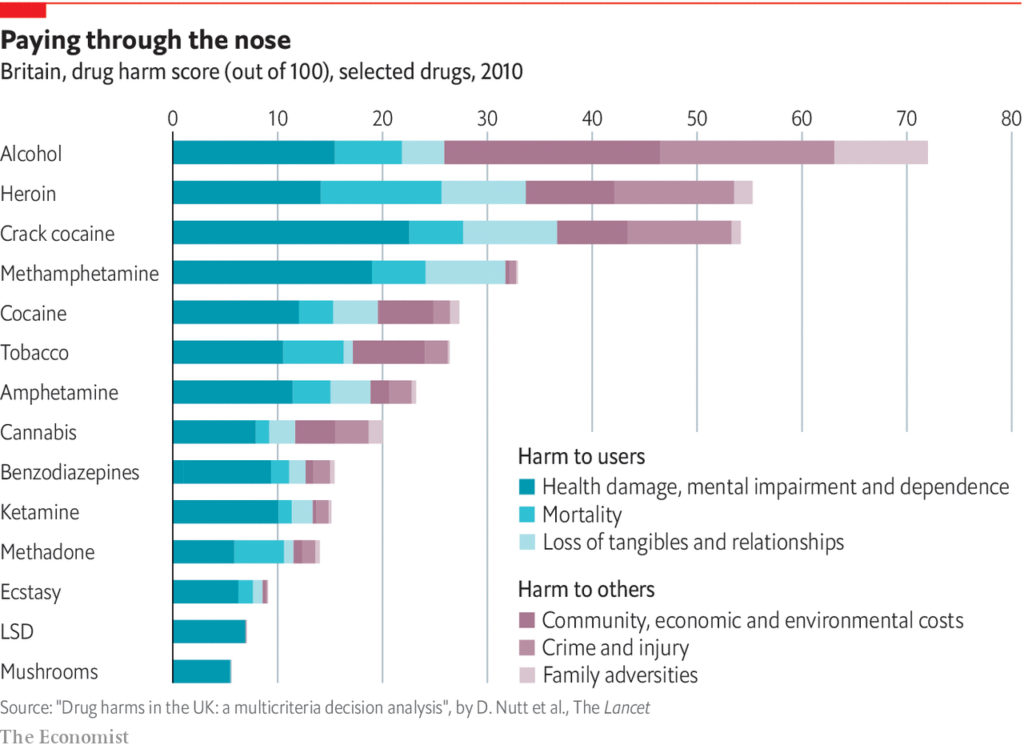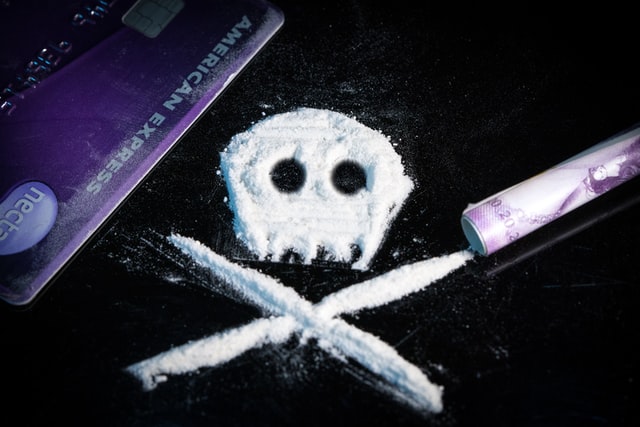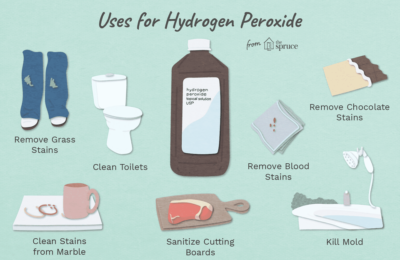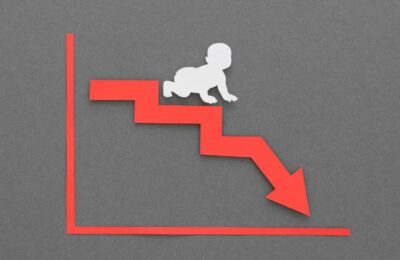Do you know that death by drug overdose has been on the rise in the US, with a 2.2-fold increase from 2002 to 2015.

But what is the most dangerous drug in the world?
If we’re talking about the most lethal substances, scientists use the “median lethal dose” or “LD50“, which measures how much of a substance is required to kill half the members of a tested population.
So something like coffee requires around 13g to kill a 70kg person, while the venom of an Inland Taipan snake requires much less, with only 0.00175g.
Using this method, let’s find out the most deadly substance on Earth?
Botulinum Toxin or Botox. Oral ingestion would require only 0.00000007g to kill a 70kg person.
However, ‘most dangerous’ doesn’t always mean ‘most lethal.’
In the UK, a group of experts decided to look at how much “harm” the most common recreational drugs cause using 16 parameters, including physical, psychological, and social harm.
For example, a drug may cause physical damage but not be lethal. It could cause you to become entirely dependent, and it can be more likely to cause loss of relationships or decreased mental functioning, which are all forms of ‘harm.’
Heroin
Heroin was first manufactured in 1898 by the Bayer pharmaceutical company of Germany and marketed as a treatment for tuberculosis and a remedy for morphine addiction.
Made from the resin of poppy flowers and other chemicals are added, and it’s then filtered and refined to become the street drug known as heroin. The average cost of a single dose of 0.1g of heroin is approximately $15 to $20 in the US. This costs between $150 and $200 per day for an addict to support their habit.
Heroin is an opioid derivative, and an estimated 13.5 million people in the world take opioids, of which 9.2 million are heroin users.
Using these criteria, they concluded that the most dangerous drug to an individual is Heroin.
What Does Heroin Do To Your Body?
Heroin can be injected, snorted, or smoked and rapidly enters the brain, particularly when injected into the bloodstream.
Here, it attaches to opioid receptors, creating a surge of pleasurable sensations.
Shortly after taking heroin, users report that they feel a rush of euphoria, a dry mouth, and a warm flushing of the skin.
There is relief from pain and anxiety, arms and legs often feel unnaturally heavy, the body temperature increases, the mouth becomes parched, and people often feel nauseous and vomit.
The heart rate slows or is irregular, breathing will also slow down, and a person goes into a dream-like state, falling in and out of consciousness.
All of these effects relate to taking a small amount of heroin, depending on the user’s tolerance level.
An addict will have a much higher tolerance and need more drugs to feel the same effect.
It’s also highly addictive, with intense withdrawal symptoms that begin within hours of a hit, including insomnia, cold flashes, muscle and bone pain, nausea, and vomiting.
Receptors in the brainstem are also affected, impacting critical physiological processes such as breathing and blood pressure, and Heroin overdosing causes breathing to slow or stop entirely, leading to the accumulation of CO2 in the blood and ultimately death. And since Heroin is unregulated, it is challenging for users to know the strength of the dose, making the risk of OD-ing high.
Additionally, the drug can be mixed with other compounds, like Fentanyl, making it even more dangerous.
Fentanyl
Fentanyl, like Heroin, is an opiate but is 50-100 times as strong because it is very lipophilic – meaning it penetrates our fatty brain more easily. And in terms of lethality alone, it is much more dangerous than Heroin to users.
It was initially used as a prescription pain reliever, but it was mostly used in end-of-life cases.
It has since emerged as a recreational drug. The number of reported Fentanyl-related overdoses has increased 7X from 2012 to 2014 in the US and has more widespread use worldwide.
What exactly does Fentanyl do to your brain and body?
Fentanyl is an opioid that can inhibit pain signals in multiple pathways along with the brain and spinal cord, and This is why it was initially prescribed for pain relief.
It also causes your brain to make More dopamine, creating intense euphoria and relaxation sensations.
Essentially, fentanyl hijacks your body’s built-in system of endorphins by binding to your opioid receptors, much in the same way your endorphins do, but at a significantly more robust level.
Activating these receptors can also suppress your brain’s ability to detect CO₂ levels in the body, potentially causing a person to stop breathing.
On top of this, side effects include dizziness, chills, vomiting, fainting, difficulty urinating, and extreme constipation.
Fentanyl Come From
Unlike heroin, which is synthesised from poppies, fentanyl is entirely synthetic and can be made anywhere for cheap.
China has become a super heavyweight in manufacturing fentanyl, and North American law is working to seize supply.
However, the UK urges that solutions to the crisis will lie in persuading people not to use opioids, as blocking China’s market may simply cause production to move to another nation.
Cocaine
Though crack cocaine and methamphetamine top the list of harm to an individual just after Heroin, finding the most dangerous drug overall involved studying 20 different popular drugs and looking at the damage they place on others.
Short-term effects
Loss of touch with reality.
Intense feelings of happiness.
Sweating dilated pupils agitation.
Increased heart rate and body temperature.
How does Cocaine Effect The Brain
The part of your brain called the ventral tegmental releases dopamine, and dopamine is a part of the reward system and binds to dopamine receptors in the brain to feel pleasure and euphoria.
Dopamine is released from presynaptic neurons and travels through the synaptic cleft to dopamine receptors on postsynaptic neurons, which triggers a good feeling.
Usually, excess dopamine would be reabsorbed back into the presynaptic neuron by a dopamine transporter.
However, when cocaine is present, it binds to the dopamine transporters preventing dopamine from being recycled back into the presynaptic neuron there for dopamine continues to attach to the receptors stimulating a response.
Dopamine then makes you feel energized, alert and happy; however, you only feel these excellent feelings for about five to ninety minutes until your
Dopamine levels start to decrease, at which point you feel irritable, paranoid Restless, and apathetic you then begin to experience extreme depressive symptoms, and since it takes a while for dopamine levels to normalize again during that time period, individuals use
Alcohol
Physical and psychological harm, crime, degradation to families and communities, and economic costs – and in the end, it turns out the most dangerous drug in the world is alcohol.
To ensure this wasn’t simply a UK phenomenon, a European group attempted the same process, emphasizing individual harm and less on economic damage. And even with the different weightings, the two groups predominantly found the same result.
A significant contributor to the danger of alcohol is its wide use.
The majority of the world does drink (61.7%) and drink a lot, with an average of 17 liters of pure alcohol consumed per person per year.
The World Health Organization found 3.3 million deaths worldwide were caused by dangerous alcohol consumption in 2012, meaning alcohol kills one person every 10 seconds. But experts don’t recommend a prohibition stance on alcohol.
By all accounts, the war on drugs has been deemed a failure, and nations that have stepped away from hardline policies and implemented decriminalization, harm reduction, and education, have seen significant declines in drug abuse.



